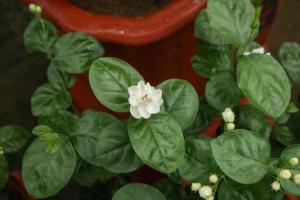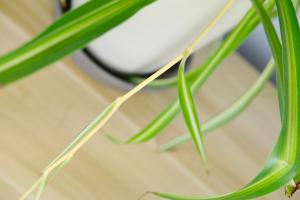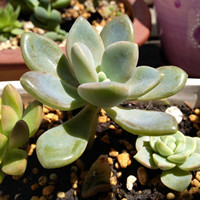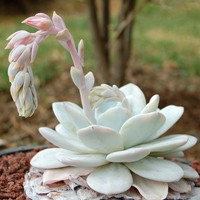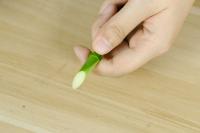Introduction: Understanding Ivy Plants and Their Watering Needs
Ivy plants are popular houseplants because of their lovely foliage and ease of care. However, one of the most critical aspects of caring for an ivy plant is watering. Watering too much or too little can cause significant problems for your plant. In this article, we will discuss how often to water an ivy plant.
Factors that Affect the Watering Needs of Ivy Plants
Before we dive into the specifics of watering, we need to discuss the factors that affect the watering needs of ivy plants. These factors include the size of the plant, the type of soil it’s in, the humidity in the room, and the season.
A larger plant will require more water than a smaller plant, as it has a larger root system to support. Ivy plants prefer well-draining soil that holds moisture but doesn’t become waterlogged. The humidity in the room can affect ivy plants’ watering needs, as plants in dry environments will require more water than those in a more humid environment. Finally, ivy plants’ watering needs will change depending on the season, with more water required during hot, dry spells and less during cooler, more humid months.
How Often to Water an Ivy Plant
So, how often should you water your ivy plant? The answer is…it depends! The frequency with which you need to water an ivy plant will depend on the factors we discussed above. However, there are some general guidelines you can follow to ensure your ivy plant stays healthy.
During the growing season (spring and summer), you should aim to keep the soil around your ivy plant slightly moist but not waterlogged. You can test this by sticking your finger into the soil – if it feels dry, give your plant a good watering. However, if the soil feels wet or moist, hold off on watering for a few days. You can also check the drainage tray underneath your plant – if there is excess water, this is a sign that you’re overwatering.
During the dormant season (fall and winter), you can reduce the frequency with which you water your ivy plant. Allow the soil to dry out slightly before watering, but don’t let it become too dry. Remember, ivy plants prefer slightly moist soil, even during the dormant season.
Tips for Watering Ivy Plants
Here are a few additional tips to help you keep your ivy plant healthy and happy:
Use room-temperature or lukewarm water when watering your ivy plant, as cold water can shock the roots.
If possible, use a watering can with a narrow, pointed spout to water your ivy plant. This will allow you to water at the soil level instead of getting water on the leaves.
Make sure your ivy plant has adequate drainage. If you’re using a decorative pot that doesn’t have drainage holes, consider repotting your plant in a pot that does.
Consider misting your ivy plant occasionally to increase humidity around the plant.
Conclusion: Caring for Your Ivy Plant
In summary, ivy plants are lovely houseplants that require regular but not overzealous watering. During the growing season, keep your soil slightly moist but not waterlogged, and during the dormant season, allow the soil to dry out slightly before watering. By following these guidelines and using the tips we’ve discussed, you can keep your ivy plant healthy and happy for years to come.

 how many times do yo...
how many times do yo... how many planted tre...
how many planted tre...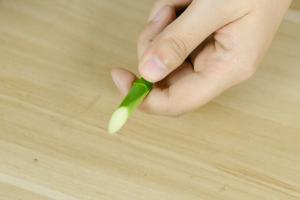 how many pine trees ...
how many pine trees ... how many pecan trees...
how many pecan trees... how many plants comp...
how many plants comp... how many plants can ...
how many plants can ... how many plants and ...
how many plants and ... how many pepper plan...
how many pepper plan...
